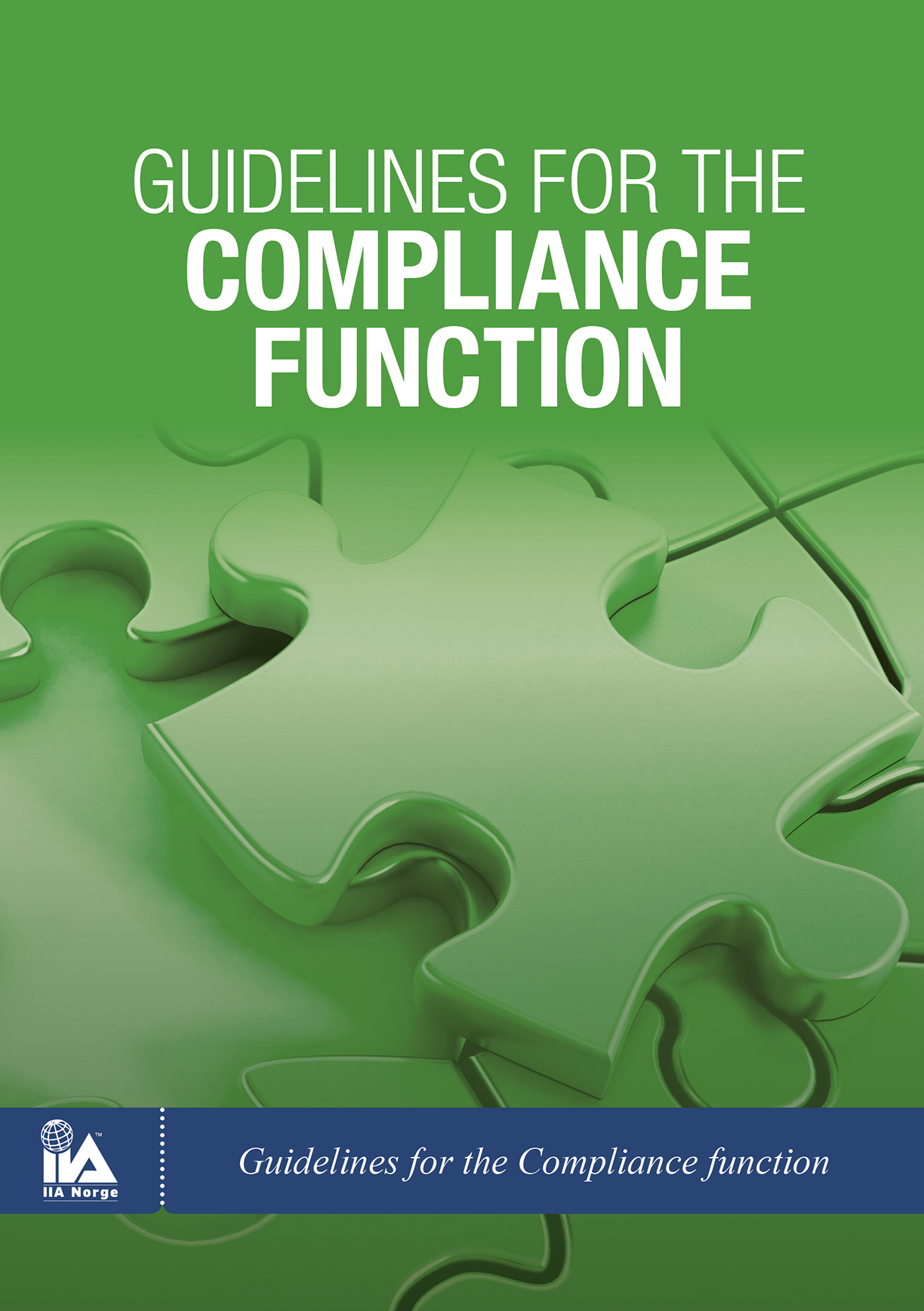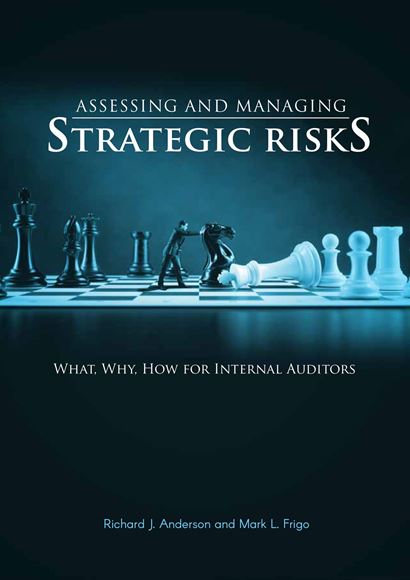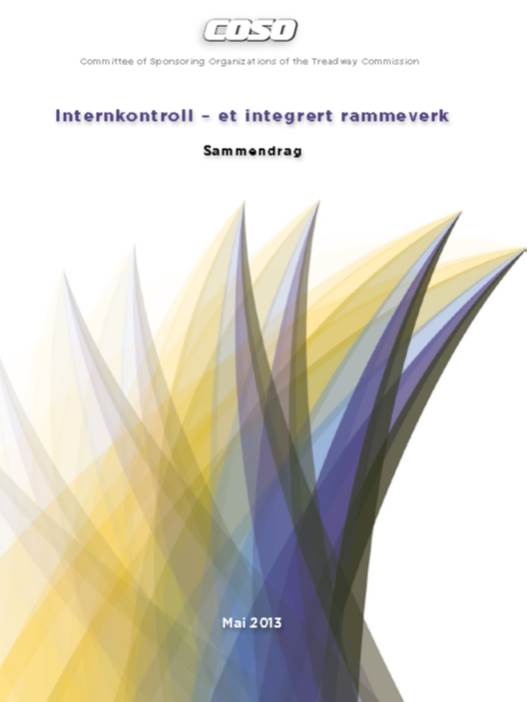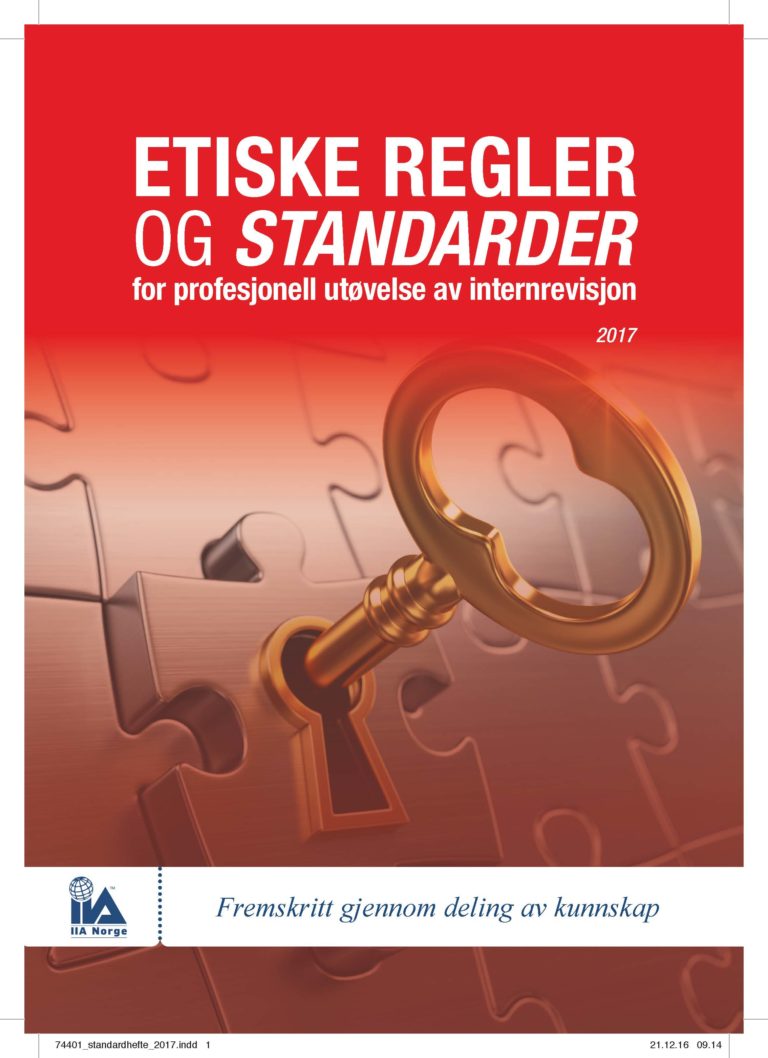Research on internal audit stakeholders conducted as part of The IIA’s Common Body of Knowledge (CBOK) 2015 study confirms that executive management and directors expect and value internal audit expanding its roles to include both providing assurance over the organization’s strategic risks and assisting management to enhance their risk management processes over strategic risks.
While the book discusses key concepts and possible roles and activities for internal audit related to strategic risks, the primary focus of the book is on two key processes: the assessment of strategic risks and strategic risk management. It provides frameworks on strategy and strategic risks and a basic strategic risk assessment methodology. Also included are helpful tools such as strategy maps, risk heat maps, a strategic risk management diagnostic, and detailed process charts.
This book is designed to provide internal auditors with sound, practical advice that can better enable them to meet this critical challenge and add this dimension to their existing risk assessment processes. Strategic risks and strategic risk management also represent areas of significant opportunity for internal auditors to «up their game» and more closely align the activities of internal audit to the achievement of their organization’s overall business objectives.
About the Authors:
Richard (Dick) Anderson, CPA, is a clinical professor in the Center for Strategy, Execution, and Valuation, and the Strategic Risk Management Lab at DePaul University. A frequent author and speaker, his articles have appeared in Internal Auditor, Financial Executive, Journal of Business Strategy, Internal Auditing, Director’s Monthly, and Journal of Accountancy.
Mark L. Frigo, PhD, CPA, CMA, is director of the Center for Strategy, Execution, and Valuation, and the Strategic Risk Management Lab in the Kellstadt Graduate School of Business at DePaul University. The author of seven books and more than 100 articles, his work is published in leading business journals, including Harvard Business Review.




